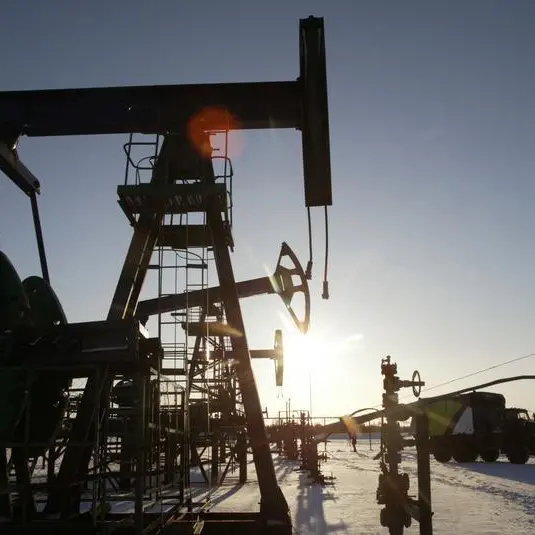PHOTO
BEIJING: Oil prices gained in early Asian trading on Tuesday, underpinned by signs of improved demand and escalating Middle East tensions that had sparked a rally in U.S. futures to a five-month high in the previous session.
Brent futures for June delivery rose 37 cents to $87.79 a barrel by 0046 GMT. The May contract for U.S. West Texas Intermediate (WTI) crude futures rose 32 cents to $84.03 a barrel.
Stronger than expected U.S. and Chinese manufacturing data is lifting prices, Tony Sycamore, a market analyst with IG, wrote in a note.
Manufacturing activity in China and the U.S. expanded in March for the first time in six months and 1-1/2 years, respectively, which markets viewed as an indicator of rising oil demand. China is the world's largest crude importer while the U.S. is the biggest consumer.
U.S. futures could rise as high as the mid-$90s if they break a technical resistance level of $84.00 a barrel, Sycamore said. The last time the prompt-month WTI contract reached the $95 per barrel level was in August 2022.
The front-month contract settled at $83.71 per barrel on Monday, the highest close since October 2023.
In the Middle East, an Israeli strike on Iran's embassy in Syria killed seven military advisors, among them three senior commanders, marking an escalation in the conflict that has stretched for nearly half a year and sparking concerns about more tangible impacts on oil supply.
"To date, the market hasn’t been worried about supply disruptions, with the war remaining contained. Iran’s involvement could see its oil supply under threat," ANZ analysts wrote in a note.
The Organization of Petroleum Exporting Countries will hold an online meeting of its Joint Ministerial Monitoring Committee on Wednesday to review the market and members' implementation of output cuts. Members are expected to uphold their current supply policy calling for voluntary output cuts of 2.2 million barrels per day (bpd) to the end of the second quarter. (Reporting by Colleen Howe Editing by Shri Navaratnam)





















